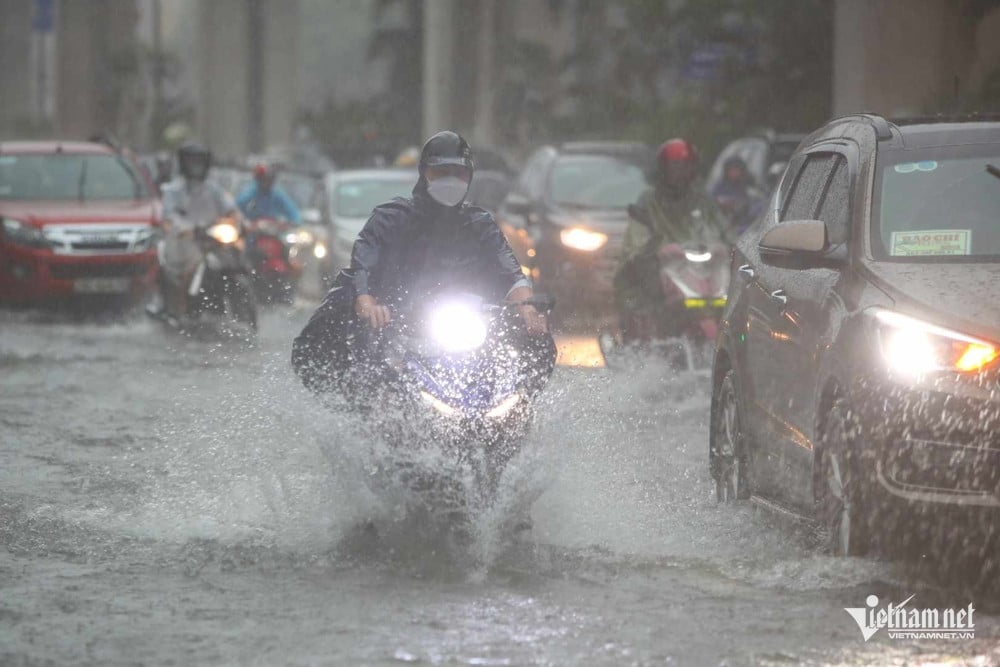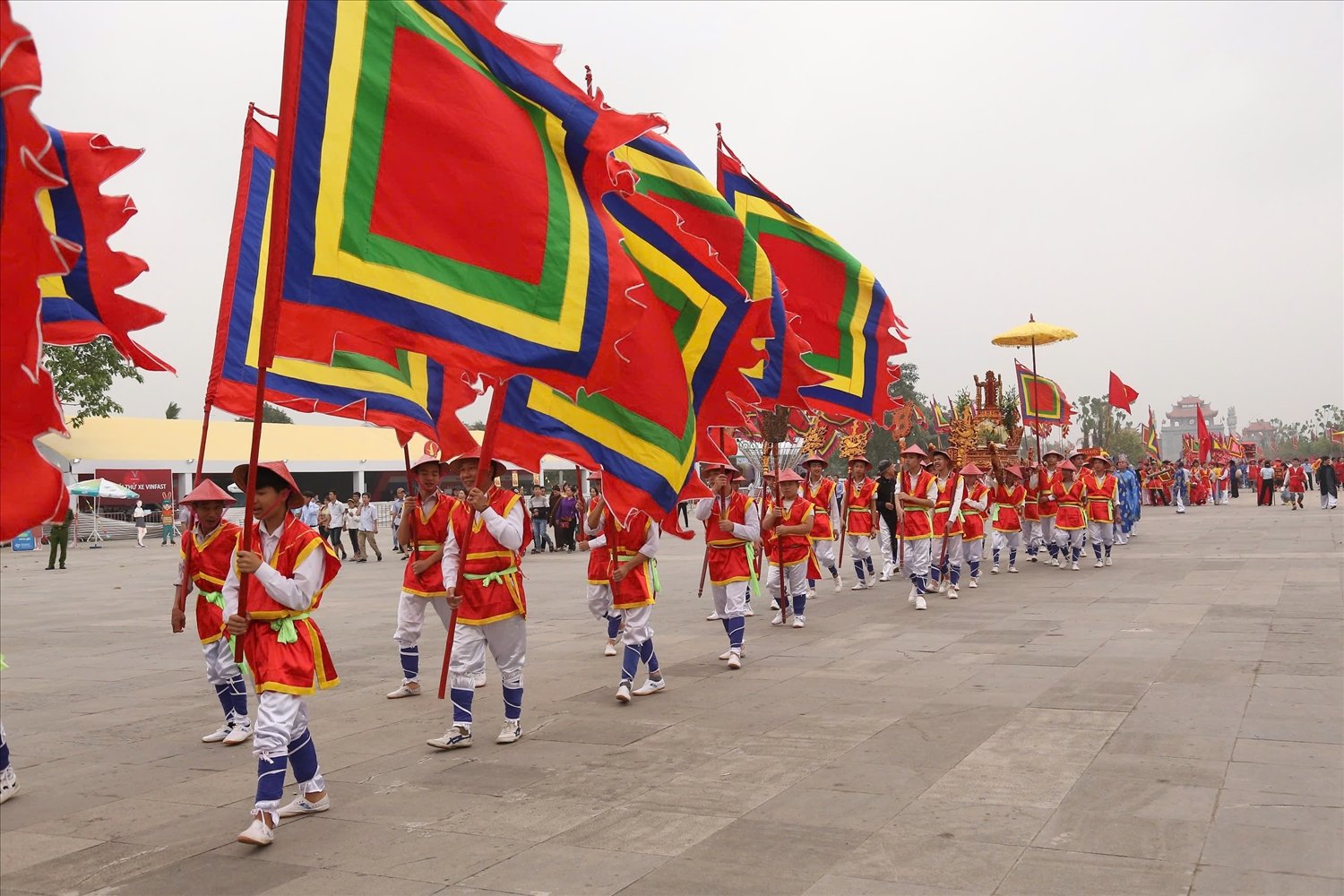The La Nina phenomenon has officially ended after 2 months. From now until September, ENSO will maintain a neutral state with a probability of 70-80%. So how will the upcoming heat wave and storm season develop?
Dr. Hoang Phuc Lam, Deputy Director of the National Center for Hydro-Meteorological Forecasting, has just said that the ENSO phenomenon is in neutral conditions, with the standard deviation of sea surface temperature in the central equatorial Pacific Ocean approximately equal to the long-term average (TBNN) in the first week of March 2025.
From April to June 2025, ENSO is likely to remain neutral with a probability of 70-80%. Thus, the La Nina phenomenon has officially ended after 2 months.
Southern region experiences widespread heat later
During the period from April to June 2025, storms/tropical depressions operating in the East Sea and directly affecting the mainland are equivalent to the average level (average: in the East Sea: 1.8 storms, making landfall: 0.3 storms).
Also during the forecast period, cold air will operate with decreasing intensity and frequency.
Notably, there is a possibility of dangerous weather phenomena such as thunderstorms, tornadoes, lightning, hail and strong gusts of wind occurring nationwide; especially during cold spells during the transitional season (April-May 2025).

At the same time, in April, there is a possibility of seasonal rains in the North, North Central, Central Highlands and South. It is necessary to be on guard against moderate and heavy rains in the above areas in May and June.
Widespread heat waves are likely to appear in the Central Highlands and the South from April, later than the average, with fewer hot days than the same period in 2024.
"In the Northwest and mountainous areas of the North - Central Central region in April, the intensity of heat is less severe than the same period in 2024; from May, heat is likely to increase throughout the North and Central regions," Mr. Lam commented.
According to Mr. Lam, in April-June 2025, the average temperature across the country will be approximately the same as the average temperature for the same period; in May, in the Northwest region, it will be 0.5-1 degree higher.
The rainy season is similar to other years.
Looking further, from July to September 2025, Mr. Lam said, the ENSO phenomenon is likely to continue to remain in a neutral state.
This is the period of storm/tropical low pressure activity in the East Sea and direct impact on the mainland at the same level as the average (average in the East Sea: 6.4 storms, landfall: 2.9 storms).
From July to August, the heat in the Northern and Central regions is likely to persist and gradually decrease in September.
At the same time, during the forecast period, it is necessary to guard against moderate and heavy rains nationwide.
In addition, from July to September, the average temperature is 0.5-1 degree higher than the average for the same period. Total rainfall in the North is approximately the same as the average, in September alone, the total rainfall is commonly 150-250mm, higher in some places.
The total rainfall in the Central region is approximately the same as the average; the Central Highlands and the South are also approximately the same as the average, commonly 250-400mm, higher in some places.

Hanoi weather for the next 3 days: Continued hot weather, chilly nights and early mornings

Low pressure area in the west 'flares up' before being compressed by cold air
Source: https://vietnamnet.vn/la-nina-di-thuong-ket-thuc-nang-nong-va-mua-mua-bao-sap-toi-nhu-the-nao-2380912.html


![[Photo] General Secretary To Lam receives Japanese Ambassador to Vietnam Ito Naoki](https://vstatic.vietnam.vn/vietnam/resource/IMAGE/2025/4/3/3a5d233bc09d4928ac9bfed97674be98)
![[Photo] Prime Minister Pham Minh Chinh chairs meeting after US announces reciprocal tariffs](https://vstatic.vietnam.vn/vietnam/resource/IMAGE/2025/4/3/ee90a2786c0a45d7868de039cef4a712)
![[Photo] A brief moment of rest for the rescue force of the Vietnam People's Army](https://vstatic.vietnam.vn/vietnam/resource/IMAGE/2025/4/3/a2c91fa05dc04293a4b64cfd27ed4dbe)
![[Photo] Special relics at the Vietnam Military History Museum associated with the heroic April 30th](https://vstatic.vietnam.vn/vietnam/resource/IMAGE/2025/4/3/a49d65b17b804e398de42bc2caba8368)
![[Photo] Moment of love: Myanmar people are moved to thank Vietnamese soldiers](https://vstatic.vietnam.vn/vietnam/resource/IMAGE/2025/4/3/9b2e07196eb14aa5aacb1bc9e067ae6f)




















































































Comment (0)